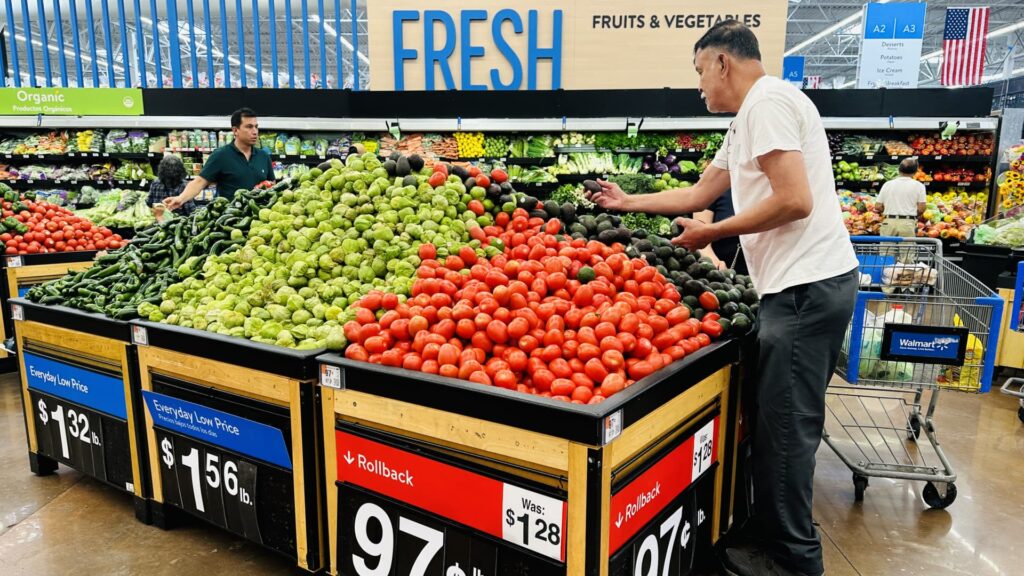
More Americans buy groceries with buy now, pay later loans
Buy Now, Pay Later for Groceries: Americans Increasingly Use BNPL Loans for Food in 2025
Key Findings: BNPL Grocery Shopping Trends
Rising Trend in Grocery Financing
A new Lending Tree survey reveals a significant increase in Americans using Buy Now, Pay Later (BNPL) services for grocery purchases. The percentage has jumped from 14% in 2024 to 25% in 2025, indicating growing financial pressure on households amid persistent inflation and economic uncertainty.
“A lot of people are struggling and looking for ways to extend their budget. Inflation is still a problem. Interest rates are still really high. There’s a lot of uncertainty around tariffs and other economic issues.”
– Matt Schulz, Lending Tree’s Chief Consumer Finance Analyst
Late Payment Concerns
The survey highlights concerning trends in payment behavior, with 41% of respondents reporting late payments on BNPL loans in the past year, up from 34% previously. While most late payments were resolved within a week, the increase suggests growing financial strain on consumers.
Multiple Loan Usage
The data reveals a potentially risky pattern of multiple loan usage:
- 60% of BNPL users have multiple loans simultaneously
- Nearly 25% maintain three or more BNPL loans at once
- Interest-free financing attracts consumers despite late payment risks
Economic Indicators and Consumer Behavior
Major retailers like Walmart and Delta Airlines have reported shifts in consumer spending patterns, suggesting broader economic challenges. While the job market remains relatively strong, the increasing reliance on BNPL for essentials like groceries indicates growing financial stress among American consumers.
“I do think it’s going to get worse, at least in the short term. I don’t know that there’s a whole lot of reason to expect these numbers to get better in the near term.”
– Matt Schulz on future trends
Expert Recommendations
Financial experts advise caution when using BNPL services, particularly for essential purchases like groceries. While these loans can provide temporary relief, the risks of late fees and multiple loan commitments should be carefully considered. Consumers are encouraged to explore budgeting alternatives and seek financial guidance when needed.






